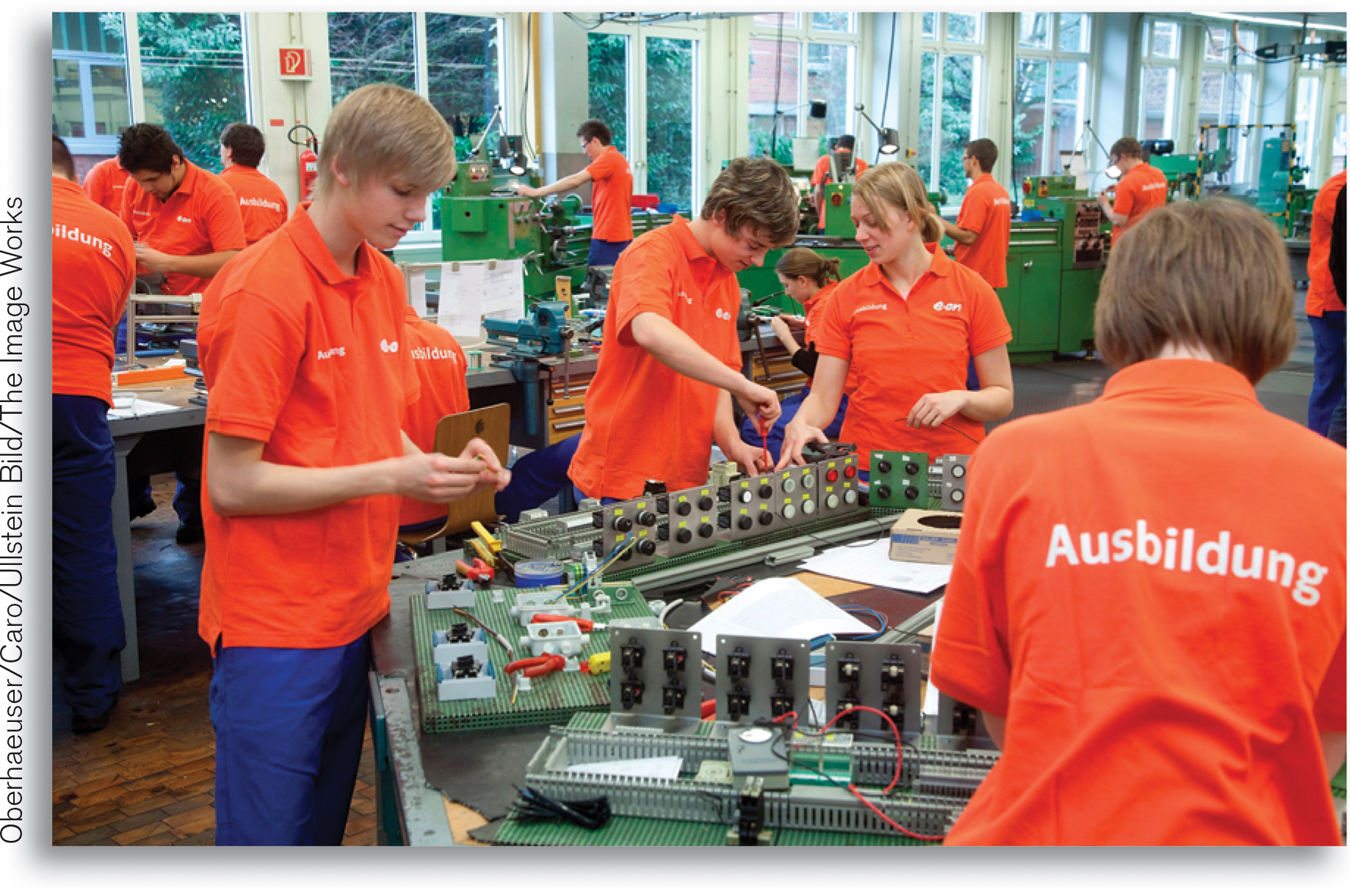Discrimination
It is a real and ugly fact that throughout history there has been discrimination against workers who are considered to be of the wrong race, ethnicity, gender, or other characteristics. How does this fit into our economic models?
The main insight economic analysis offers is that discrimination is not a natural consequence of market competition. On the contrary, market forces tend to work against discrimination. To see why, consider the incentives that would exist if social convention dictated that women be paid, say, 30% less than men with equivalent qualifications and experience. A company whose management was itself unbiased would then be able to reduce its costs by hiring women rather than men—
But if market competition works against discrimination, how is it that so much discrimination has taken place? The answer is twofold. First, when labor markets don’t work well, employers may have the ability to discriminate without hurting their profits. For example, market interferences (such as unions or minimum-
!worldview! FOR INQUIRING MINDS: How Labor Works the German Way
Germany is home to some of the finest manufacturing firms in the world. From the automotive sector to beer brewing, and from home appliances to chemical engineering and pharmaceuticals, German products are considered among the highest quality available. And unlike in the United States, blue-
Enshrined in the German constitution, works councils exist in every factory to encourage management and employees to work together on issues like work conditions, productivity, and wages, with the goal of discouraging costly conflict. Workers are given seats in supervisory or management organizations such as a company’s board of directors. This collaborative environment, in turn, supports higher levels of unionization within German manufacturing. As a result, German unions are more successful at raising the wages of their members.

But what allows German manufacturing to compete successfully while paying higher wages? One explanation is the German apprentice system. For example, in 2012, the average hourly wage of a German autoworker was $58.82 compared to $45.34 (at the high end) for an American autoworker, and $14.50 (at the low end) in newly opened automotive plants in the United States. Promoted and accredited by the German government, apprenticeship programs provide hands-
So integral is the apprenticeship system to the success of German manufacturing that German companies have been replicating it at their plants in the United States. In South Carolina, where BMW and Tognum, a German engine maker, have recently located, apprenticeship programs have been created in partnership with local and state governments to assure that young workers are trained in the skills that the companies need. And, needless to say, the apprentices welcome such training and the well-
In research published in the American Economic Review, two economists, Marianne Bertrand and Sendhil Mullainathan, documented discrimination in hiring by sending fictitious résumés to prospective employers on a random basis. Applicants with “White-
Second, discrimination has sometimes been institutionalized in government policy. This institutionalization of discrimination has made it easier to maintain it against market pressure, and historically it is the form that discrimination has typically taken. For example, at one time in the United States, African-
Although market competition tends to work against current discrimination, it is not a remedy for past discrimination, which typically has had an impact on the education and experience of its victims and thereby reduces their income.